Australia is Baz Luhrmann’s best film.
Australia (2008)


Australia is Baz Luhrmann’s best film.
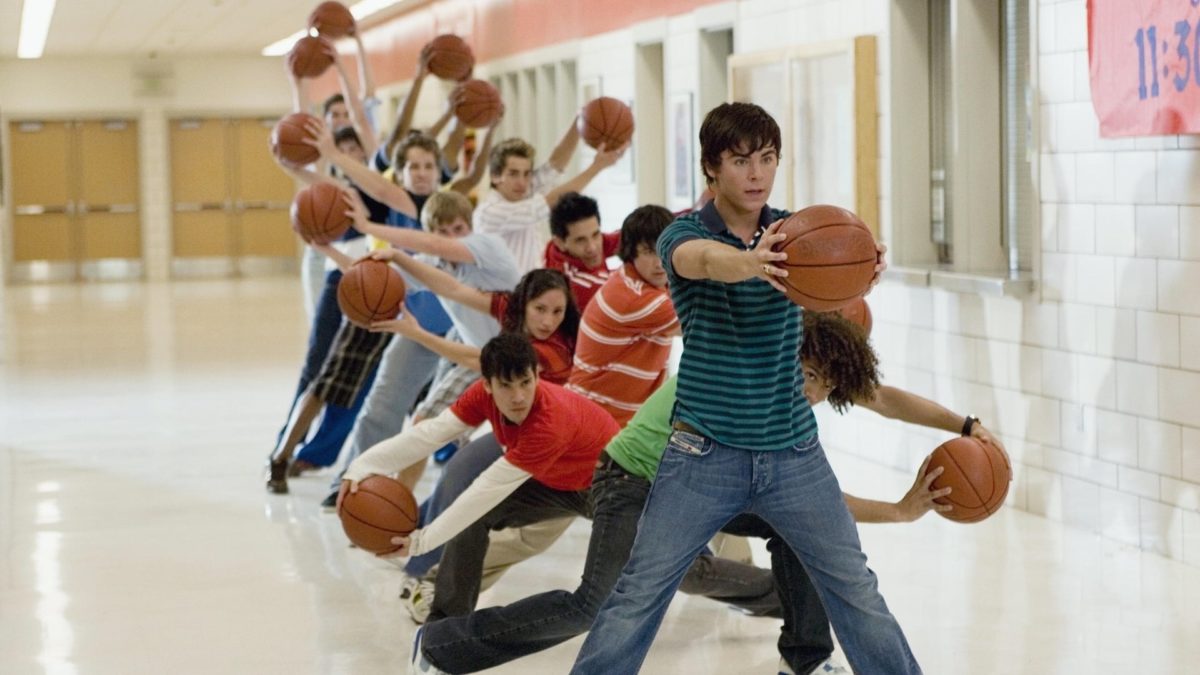
I’ve found that it’s a surprisingly contentious topic which High School Musical film is the best of the trilogy.
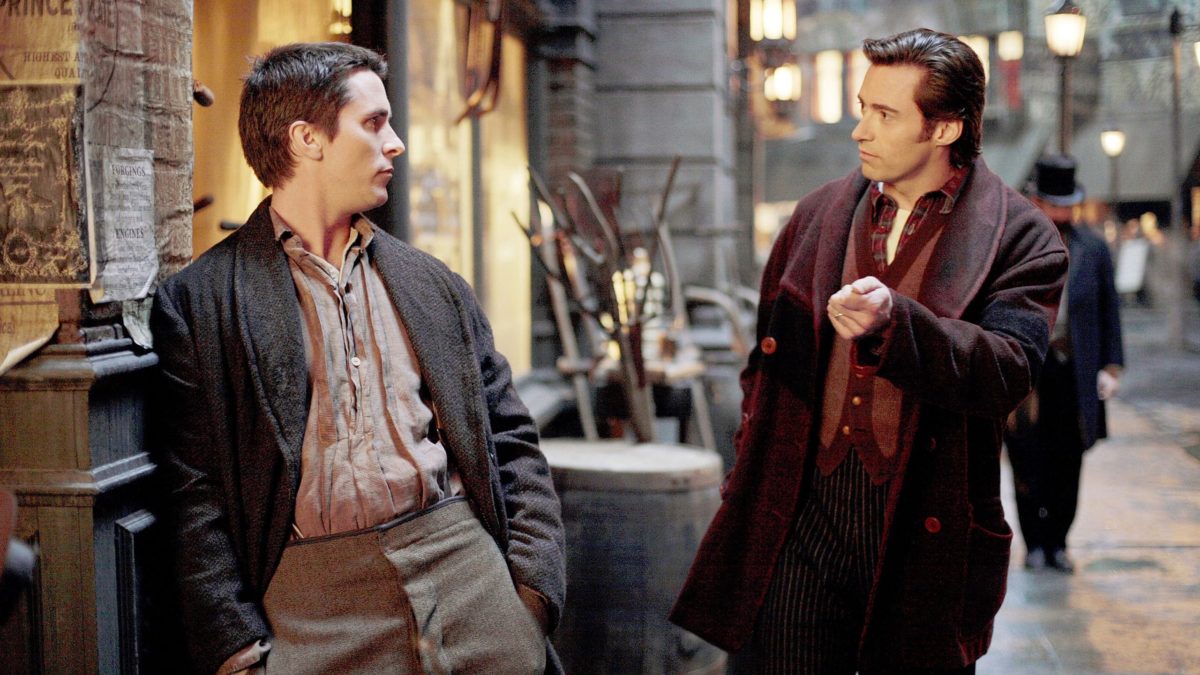
Christopher Nolan is not the type of filmmaker to make directly introspective works.
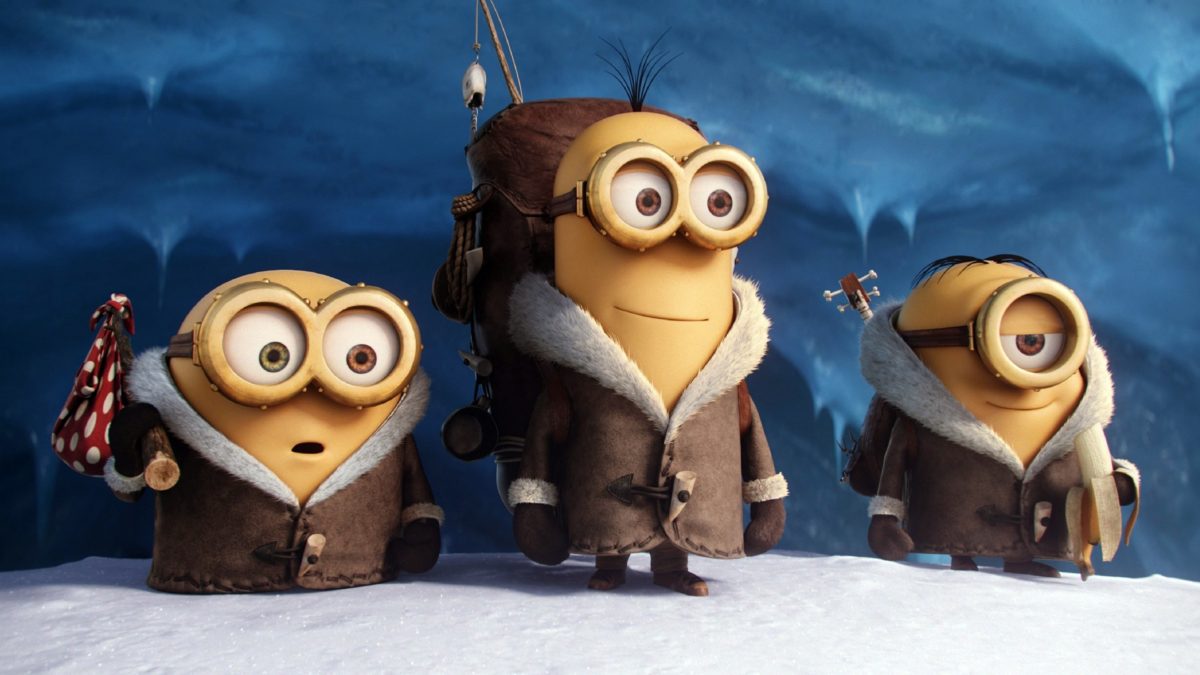
When I saw Despicable Me in 2010, I was pretty anti-Minions
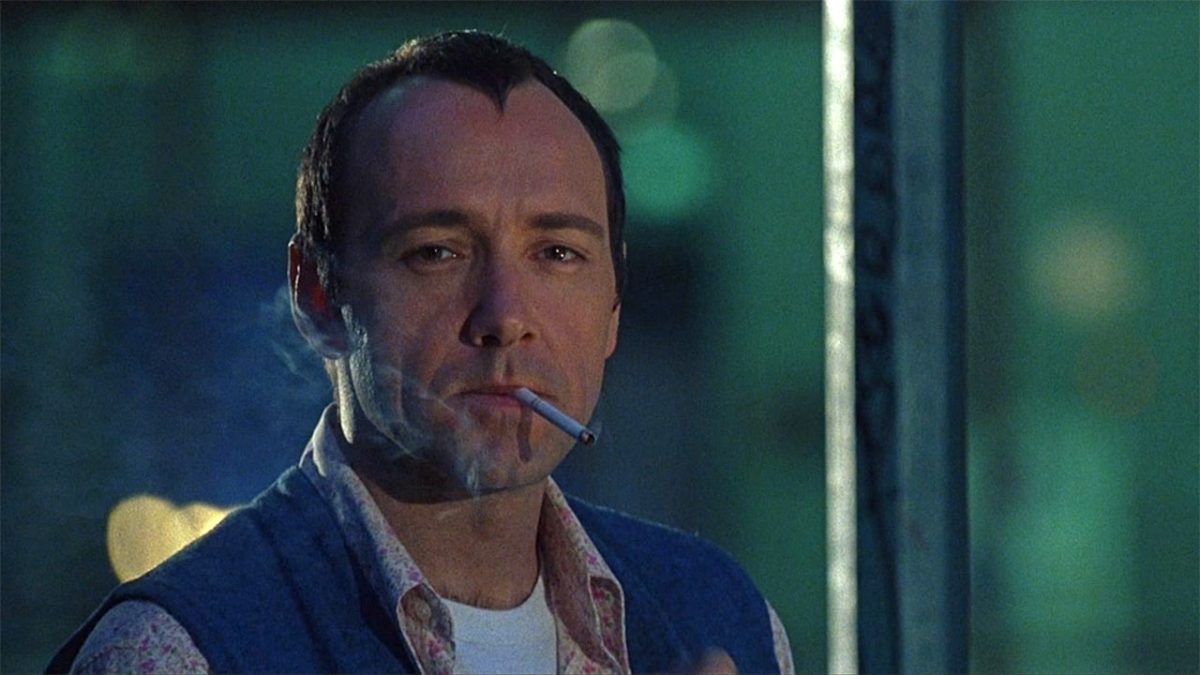
Has there ever been a movie made more interesting by its final five minutes than The Usual Suspects?
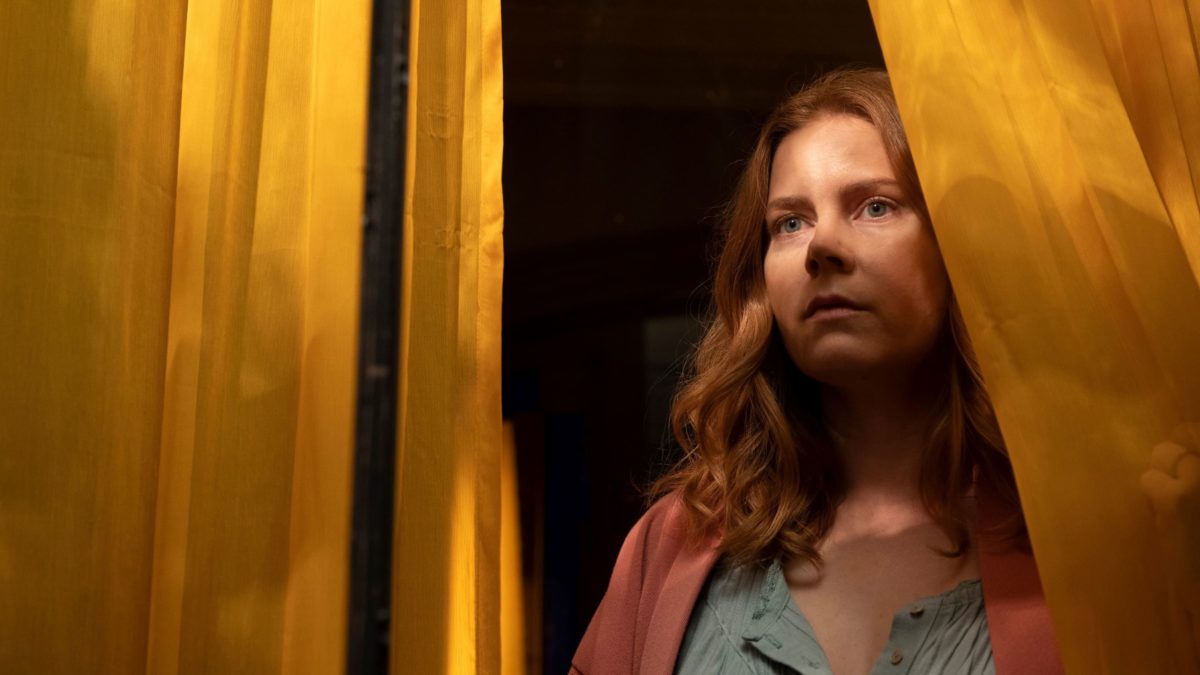
Ever since Gone Girl took both the book world and film world by storm, we’ve seen dozens of stories in a similar mold
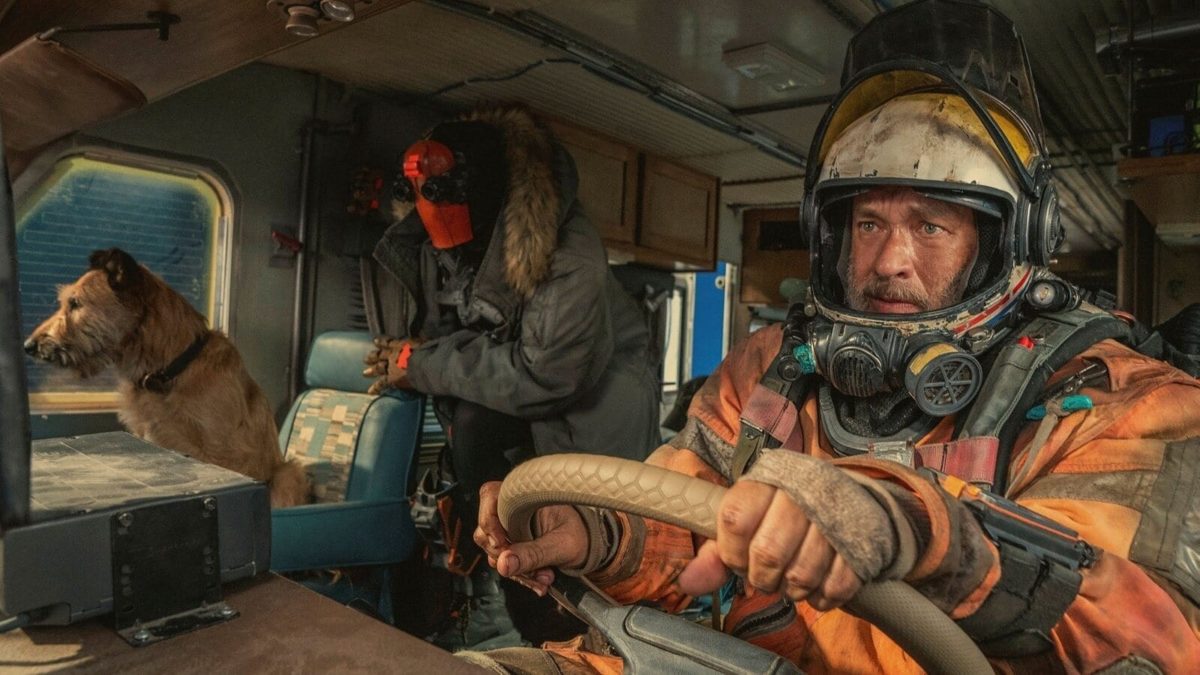
There is not a single original beat in Finch.
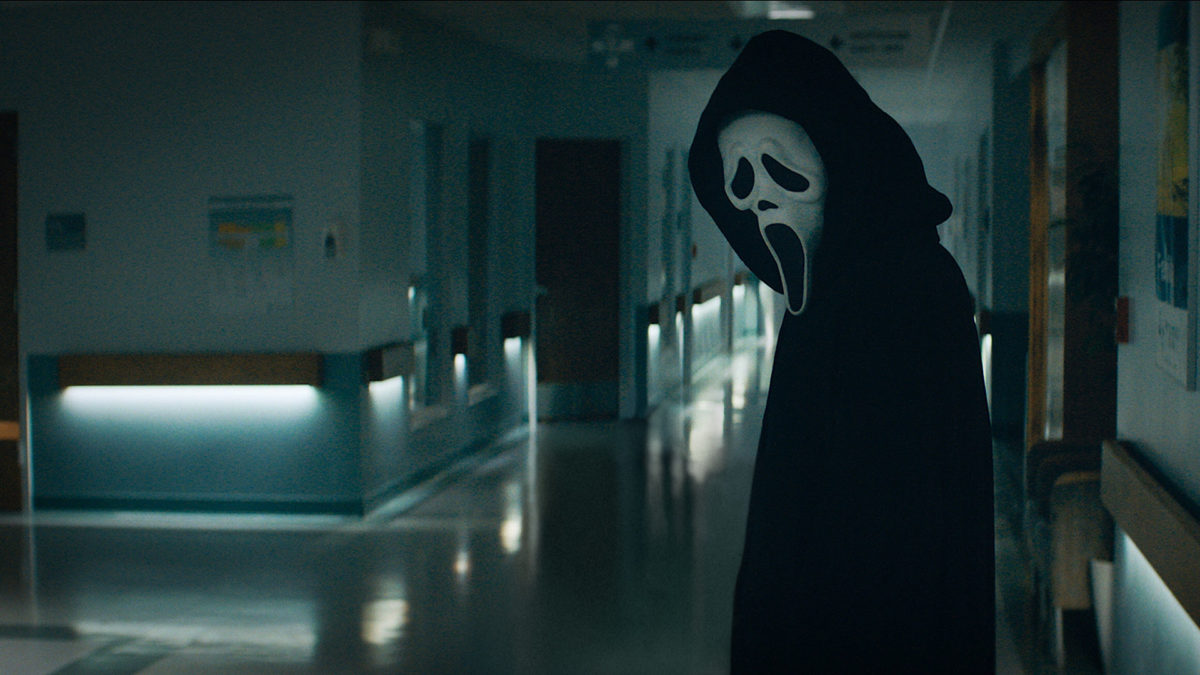
The 2022 film Scream — aka Scream 5, or 5cream, or Five Cream — is probably the most coherent of the Scream sequels.
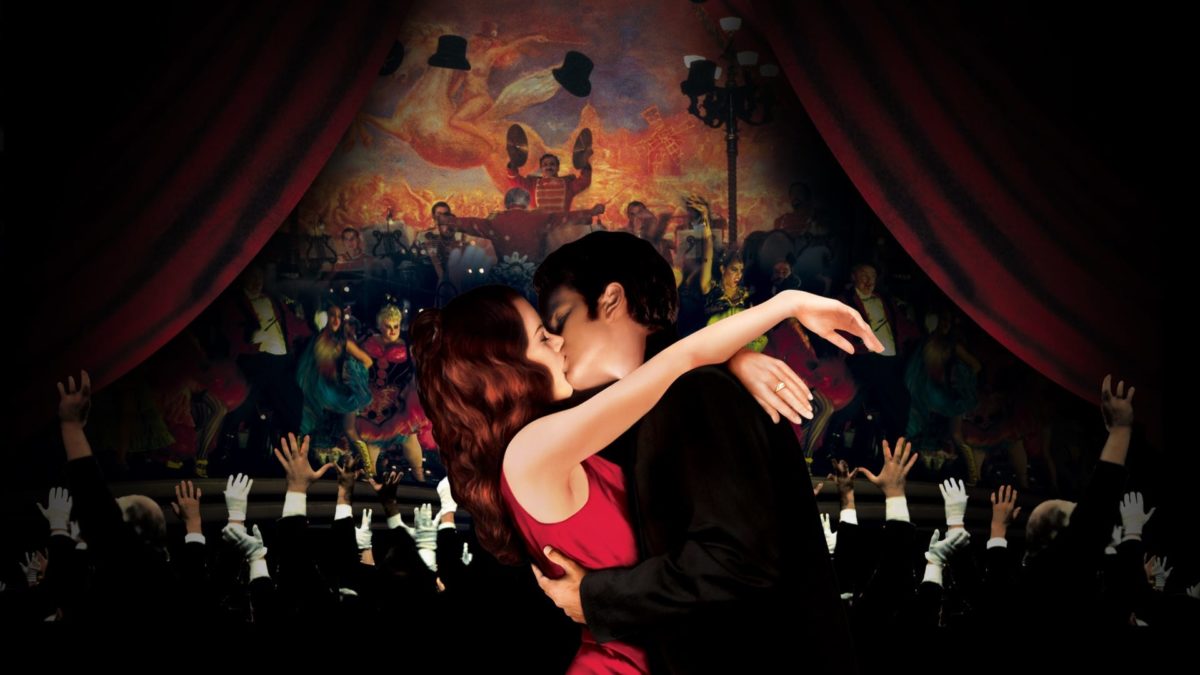
Following Romeo + Juliet’s attempt at capturing the spirit of Shakespeare’s play through a modern lens, Australian director Baz Luhrmann moved onto another outdated entertainment institution to revitalize: Parisian burlesque theater.

I grew up in a Notre Dame household.